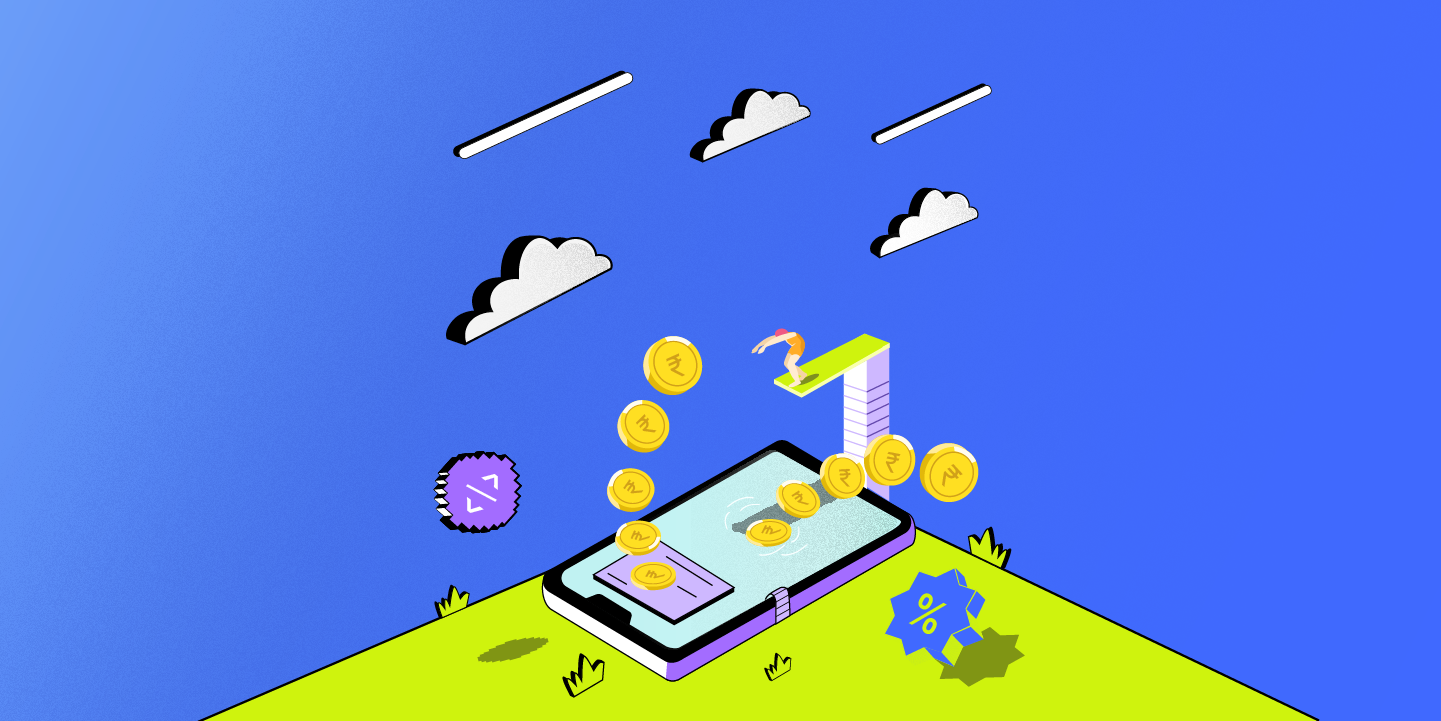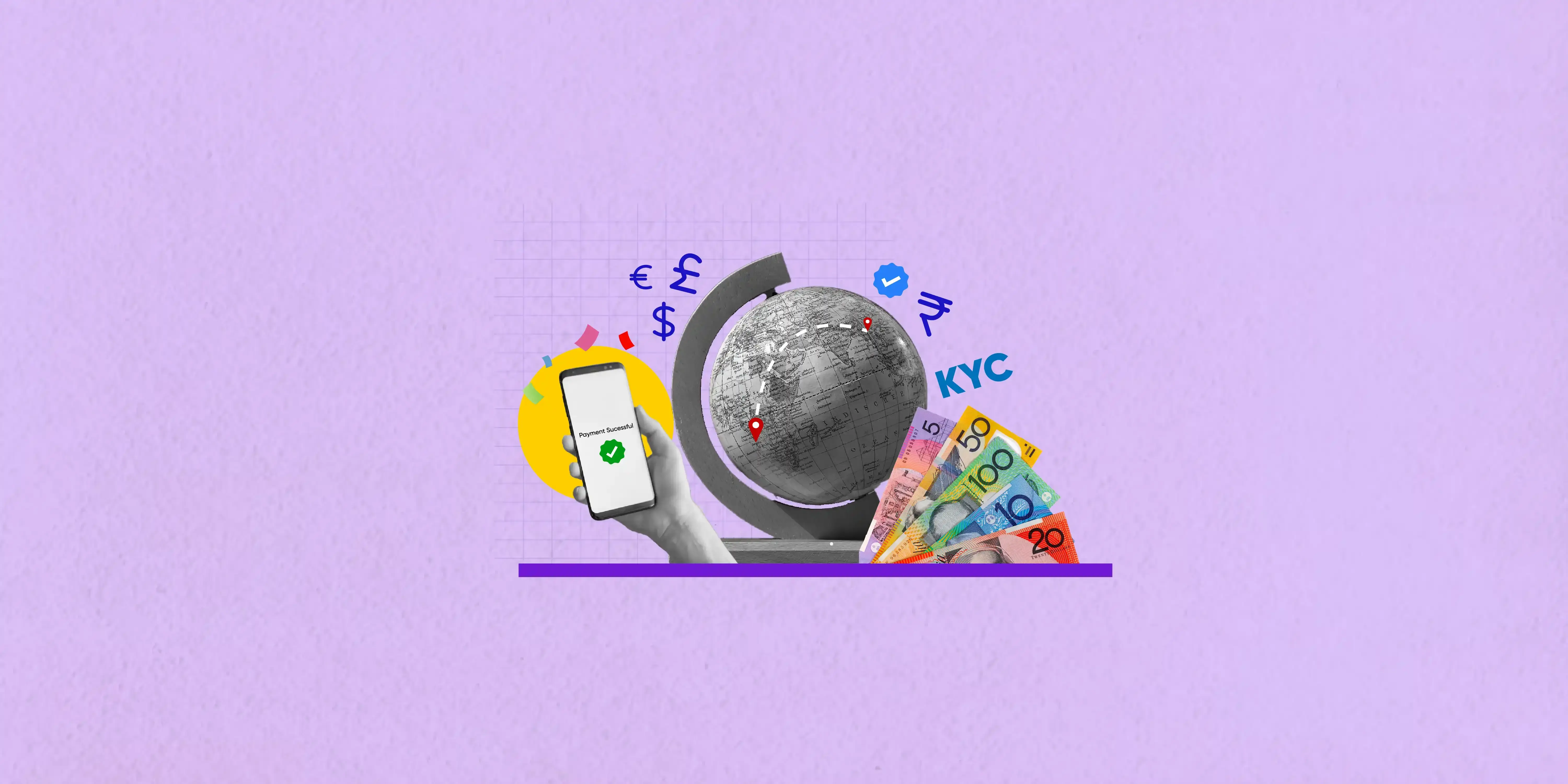Building Trust in Fintech: How UI/UX Boosts User Confidence
Meha Savla

From using piggy banks to preserve our allowance, to trusting bank institutions with our savings, we all grew up. And as things take a digital turn, we’re only growing further.
And with us, the world of fintech is slowly, steadily, and with determination, catching up to the digital world. The industry is cracking the digital code for users, with services easily accessible to anyone, anywhere - making investments, payments, transactions across borders, and many such things, easily accessible and secure.
However, there’s still hesitation. In the age where you hear constant news about how some known company was caught in a data leak, security and trust become a top (and valid) concern. Put finance into this bracket, and the concern is very, very real. Ensuring people to share financial data online remains one of the biggest challenges for fintech products and services.
Trust, as the title says, plays a huge role in solving this concern. By trust, I don’t mean users’ trust in your brand - that’s just one part of it. Users can trust your brand, but still be apprehensive about sharing data because it’s “online”.
Money was introduced to us as cash. And for the longest time, that’s how we bought and sold things - with money given in hand. When this physical experience turns entirely digital, there are bound to be hiccups.
“Is my money and data safe?”
“What if my money is stolen from this app?”
“I can barely understand this app. Can it even be trusted with my money?”
Where there’s money involved, there’s worry. How can you speak to such an innate belief? As one of my favorite fintech apps, Fold, says, their goal is to “separate anxiety from money.”
Fold understood the assignment.
The idea is simple: speak to your users. How? Well, this is where our expertise - UI UX design - comes into play. By addressing the user’s concerns, you build a relationship along the way. Here’s how you can do it:
Keep it real
If there’s one thing assured to put users off, it’s unclear and hidden information. Talk clearly and concisely to make users understand their actions, every step of the way. Transparency is the key to ethical finance. When the user believes you and the information you share at face value, you’ve established a safe space. Building on it then becomes a cakewalk.
Fi makes Terms and Conditions a lot less tedious.
And as Simon Sinek has said, “Transparency doesn’t mean sharing every detail. Transparency means providing the context for the decisions we make.”
The way Fi keeps the complexity of Terms & Conditions intact while making it easier for the users to understand. If you look hard enough, innovation is just around the corner.
Intuition is the secret ingredient
Imagine opening a paper map and looking for the street you’re on. You’d have to look up close, but with no guarantee of finding what you’re looking for. Unless you’re Columbus, you’re bound to be frustrated. That’s pretty much what navigating through a cluttered app or website can feel like. Keep it clean and easy to navigate.
For someone who has opened your app just now, confusion shouldn’t be the first feeling they have. If they’re looking for the main page, “Home” should be accessible. To edit personal details, “Profile” should be available. The idea is to use clear, familiar labels.
Familiarity is the bridge between the user’s mental model and your offering.
Accessible to all
When I address you as the platform, don’t you feel included? If that’s a yes, we’re going good. Users need to feel seen, heard, and addressed.
Now, in a large, varying pool of audience, your challenge is to offer choices. Allow the users to take the call. Be it in offering regional languages, extra accessibility features, simply letting users customize some UI features to their preferences - it most certainly should be a possibility.
If the user can have a smooth, seamless journey, and exclaim, “Oh! This app is literally made for me,” you’ve made it.
Ensure security
There’s no such thing as being too careful. Especially with something as dear as money. We’ve collectively crossed the first stage of security, with strong passwords, biometrics, and multi-factor authentication.
But security, as we know it, is a maze full of layers, and none that you can’t skip.
A friend recently shared a disappointing experience, where an online payment app revealed her contact details to the receiver, post payment. All the chaos that followed could have been avoided with one simple precaution - data encryption.
Institutions can choose the type of data to receive, store, and further show to other recipients. With many advanced techniques of data masking and encryption, the experience can be made much more secure and safe. The same way our passwords turn to ******** instead of revealing what’s written.
Human to human
Users prefer two-way communication. In this case, this refers to a more conversational, approachable language across channels. From error messages to a payment reminder, the most difficult tasks can be made simpler with a well-intended thought. The way a supportive bank assistant talks, for example.
Say you’re signing up for a newsletter. It shows this text:
“Error. This email already exists.”
Vs. keeping UX in mind, you see this:
Lemon Yellow dwells in the details.
This is two-way communication. Your platform resembles a customer support executive, a kind, helping hand.
Do it with design
Fintech helps in customer acquisition, FinteD helps in customer retention.
What makes your fintech platform unique? Design conveys that distinction in the most innovative way. All the things we discussed above are different forms of design. And there’s always more.
Gamification, for example, is on the rise. From progress bars to real-time updates, not only does this keep the user informed but also engaged. Such rewarding systems give them the encouragement to come back the next day too.
Cred has successfully found a loyal customer in me.
Cred is, of course, quite ahead in the game. Pun intended.
From the many shapes and sizes data can take, visualization is the best. Users can easily grasp their numbers; and with visible patterns and trends, they can take necessary decisions too. It further helps make complex financial concepts a lot simpler.
Fintech companies, after all, thrive on simplicity. Much like design!
Confiding in an app with sensitive information does not come easy. And with the very precious (read: money) in the picture, things are about to be complex. You start small, by aiming to deliver a smooth experience.
As for users, remind them that they’re always in control of their data and money. Do it by building trust, confidence and an experience to remember. Nothing more, nothing less.







